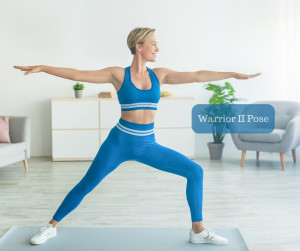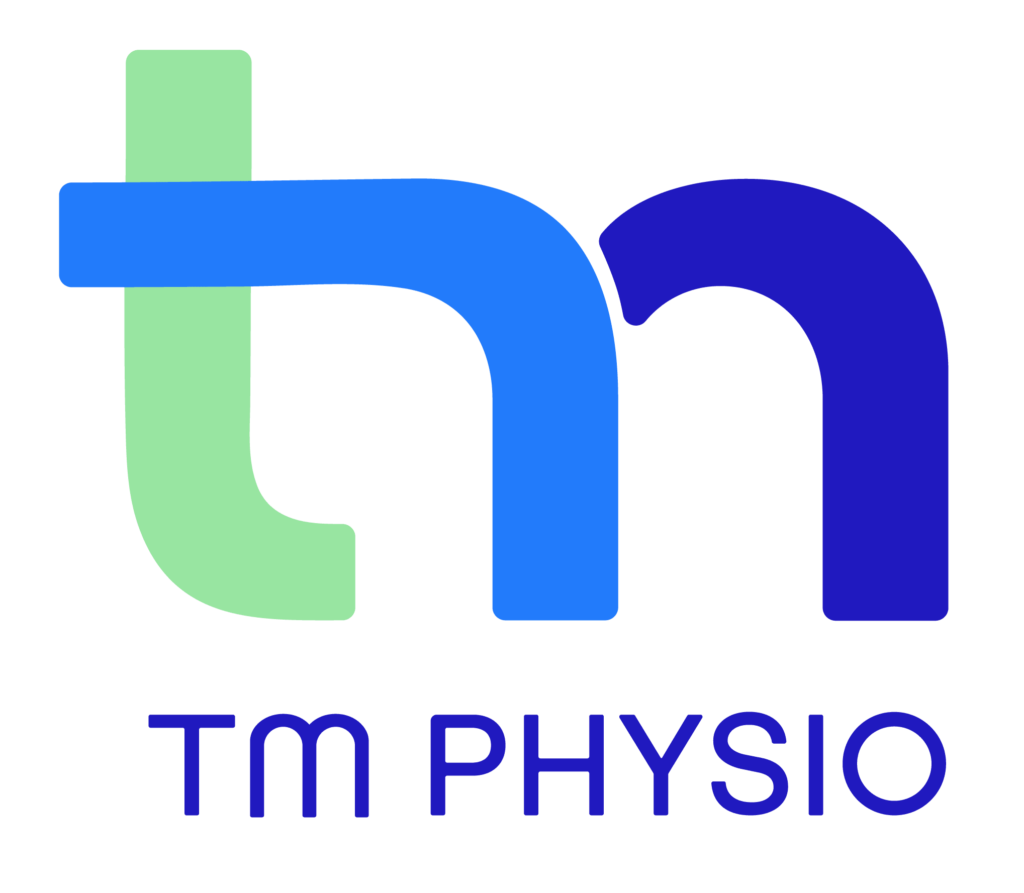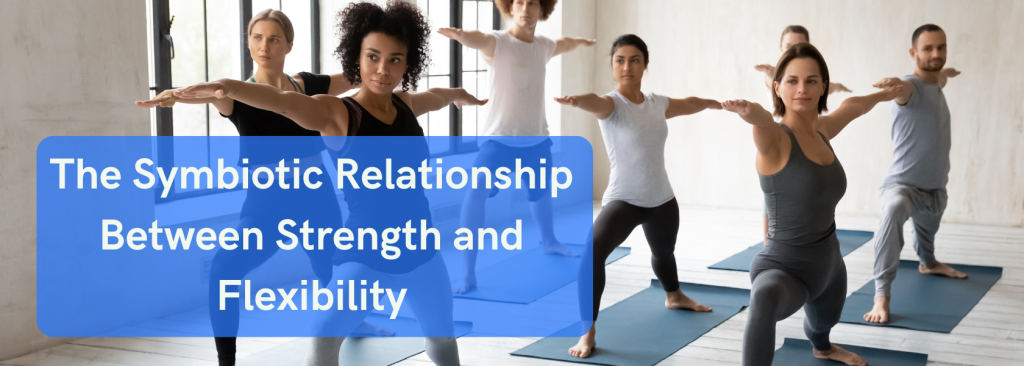Strength and flexibility – they’re two sides of the same coin. But the interplay between the two is often misunderstood. And even when you know it all, getting everything in balance can be tricky. If you’d like help with a muscle that’s too tight or too weak or both give us a call on 62549889. The physiotherapists at TM Physio have seen it all and are here to help.
Dispelling Misconceptions:
First things first, let’s dispel some myths. A prevailing misconception suggests that strength and flexibility exist on opposite ends of the fitness spectrum, with an assumption that one must sacrifice one for the other. In reality, they are not mutually exclusive but intricately connected elements contributing to functional movement and injury prevention. If you’ve seen ballet dancers holding impossibly high arabesques (the one where they hold their leg up in the air) for an impossibly long time – you’ve already seen the proof that strength and flexibility can go together.
 Symbiotic Relationship:
Symbiotic Relationship:
Strength and flexibility are symbiotic, with each enhancing the other’s efficacy. When muscles are strong, they provide better support for joints, reducing the risk of injury during movements that demand flexibility. (As muscles contract, they generate tension on tendons, which attach to bones, stabilising joints). Conversely, improved flexibility allows muscles and joints to move through a greater range, enhancing overall mobility, promoting efficiency, and reducing the likelihood of muscle imbalances or strains.
At the anatomical level, muscles and connective tissues play key roles in defining both strength and flexibility. Muscles, composed of fibres capable of contraction, generate force to produce movement and stabilise joints. Concurrently, connective tissues, including tendons and ligaments, contribute to joint stability and determine the range of motion.
Crafting a Balanced Fitness Regimen:
Optimal fitness involves a balanced integration of strength and flexibility training. Incorporating resistance exercises to build strength and targeted stretches to enhance flexibility ensures a comprehensive approach. Exercises that engage multiple muscle groups simultaneously, such as compound movements, promote functional strength and flexibility across various planes of motion. Sometimes it’s a matter of stretching and strengthening the same muscle in the same sequence of movements. Sometimes it’s just about bearing the need to get stronger and more flexible in mind. Know that the physiotherapists at [insert clinic name here] are here to help you develop a routine that gives you both.
One exemplary exercise that effectively promotes both strength and flexibility is the Yoga Pose “Warrior II” or “Virabhadrasana II”. This pose is a dynamic combination of strength-building and stretching elements, making it an ideal illustration of the symbiotic relationship between these two fitness components.
 Warrior II Pose:
Warrior II Pose:
- Stand with feet wide apart, with one foot facing forward and the other turned perpendicular.
- Bend the front knee, ensuring it aligns with the ankle, while keeping the back leg straight and strong.
- Engage the quadriceps and gluteal muscles to stabilise the lower body.
- The arms are extended parallel to the floor, with shoulders relaxed and palms facing down.
This stance demands isometric contraction in the legs, strengthening the quadriceps, hamstrings, and glutes while the wide stance and rotation of the hips facilitate a deep stretch in the inner thighs and groin.
- The arms extend in opposite directions, encouraging a stretch across the chest and shoulders.
- The extended reach of the arms and the open chest promote flexibility in the shoulders and upper back.
- The pose encourages a gentle stretch in the hip flexors of the back leg.
Additional Tips:
- Maintain a strong core engagement to stabilise the spine and enhance balance.
- Ensure the front knee is directly over the ankle to protect the knee joint.
- Relax the shoulders, keeping them away from the ears to prevent tension.
Conclusion:
The symbiotic relationship between strength and flexibility is a cornerstone of physical well-being. Integrating strength and flexibility training not only fosters enhanced performance but also mitigates the risk of injuries. Balanced training is particularly relevant if you’ve encountered injuries big or small or are already starting to feel unbalanced. The physiotherapists at TM Physio are here to help. We can help get you mobile and develop a training regime that brings you into balance. Give us a call on 6254 9889.
Did you know we’re on social media? Follow us on Facebook or Instagram to stay connected with the latest health info and tips.


